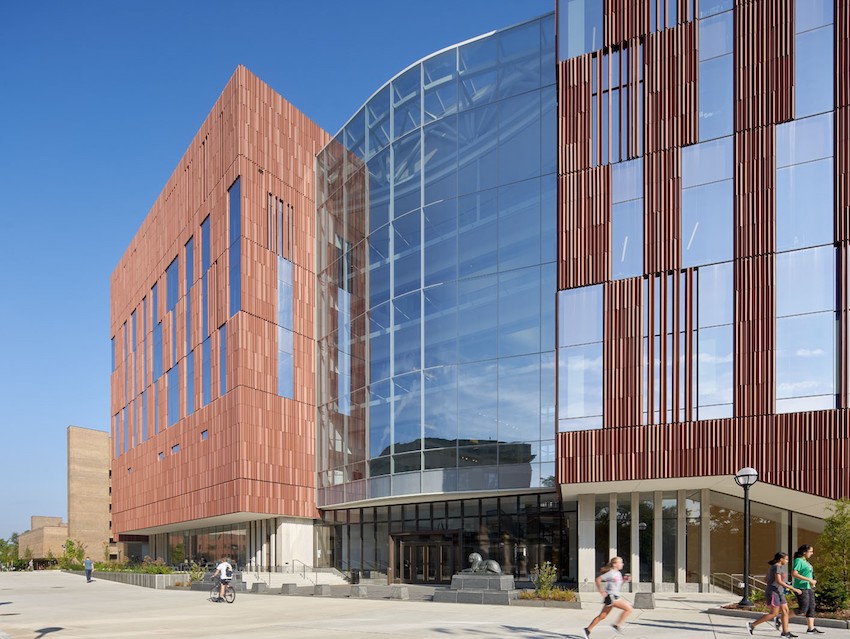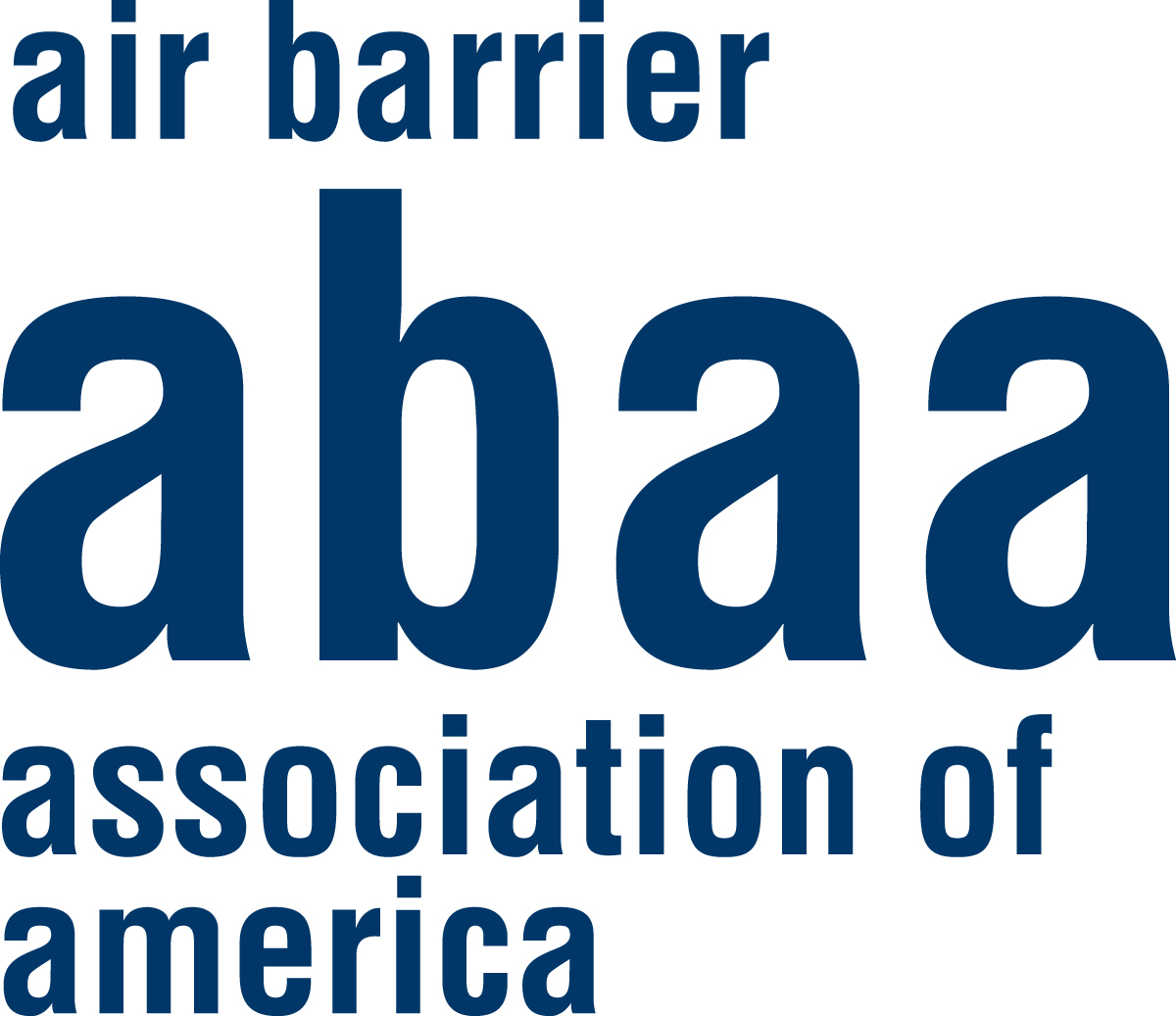Failure is Not an Option: Air Barrier Continuity Strategies for Storefront and Curtain Wall Systems
Learning Objectives:
- Articulate how transitions impact building enclosure performance through real life experiences in regards to energy loss, building performance and the sustainability of the system.
- Correctly identify and prioritize critical details during the construction document phase to ensure an integrated approach is taken to heat, air, water and vapor control.
- Assess each detail for storefront and curtain wall in regards to impacts of the four control layers and understand the various options for designing details for a variety of roof, wall and window assemblies.
- Through the use of real life case studies and photos, plan out the proper sequence of construction and identify quality control methods in construction document review to provide corrective action.
Credits:
Critical details that typically cause building performance related issues will be focused on one of the largest failures of building enclosures: wall to window connections specific to curtain wall systems and storefronts. A step-by-step look at each critical detail in regards to sequence of construction and the various connections to ensure airtight/watertight and thermally protected details. Real life photos and job conditions will highlight the realities of the construction process to show typical errors found and how those errors can be addressed correctly.

Photo courtesy of SmithGroup

|
Andrew Dunlap’s AIA, CDT, NCARB, LEED, primary work experience is focused on the analysis and development of building enclosure systems including wall cladding assemblies, air barrier systems, roofing, skylights, fenestration systems and waterproofing. Specializing in the energy and hygrothermal evaluation and analysis of wall, fenestration, and roof systems, Andrew utilizes a number of advanced computerized analysis and simulation tools to perform his work. He received his B. Arch, B.S. in Mathematics, and M. Arch degrees from the University of Detroit Mercy. Andrew is also active participant in the design and construction community, providing presentations and publications to several industry organizations. |








